NTSB: Autonomous Uber Vehicles Crashed 37 Times Before Fatal Accident

The National Transportation Safety Board (NTSB) has disclosed Uber’s autonomous test fleet was involved in 37 crashes over the 18-month period leading up to last year’s fatal accident in Tempe, AZ. Having collected more data than ever, the board plans to meet on November 19th to determine the probable cause and address ongoing safety concerns regarding self-driving vehicles.
Reuters reports that the NTSB plans to issue comprehensive safety recommendations to the industry, as well demand oversight from governmental regulators, in the near future.
Unfortunately, the circumstances surrounding the fatal incident in Arizona are as unique as they are complicated — ditto for most other crashes involving AVs. While Uber’s test mule failed to identify the pedestrian in time, leading to her death, she was also walking her bicycle on a particularly awkward stretch of road. “The system design did not include a consideration for jaywalking pedestrians,” the NTSB said.
The vehicle’s safety driver was also totally engrossed in their phone. Local authorities said the crash would have been avoidable if the backup driver had bother to look up — something that’s tragically obvious from viewing the dash-cam footage. This also helped prosecutors decide Uber would not be criminally liable for the crash. However, the NTSB identified numerous issues with the autonomous systems the company had installed at the time.
From Reuters:
The NTSB reported at least two prior crashes in which Uber test vehicles may not have identified roadway hazards. The NTSB said between September 2016 and March 2018, there were 37 crashes of Uber vehicles in autonomous mode, including 33 that involved another vehicle striking test vehicles.
In one incident, the test vehicle struck a bent bicycle lane post that partially occupied the test vehicle’s lane of travel. In another incident, the operator took control to avoid a rapidly approaching vehicle that entered its lane of travel. The vehicle operator steered away and struck a parked car.
NTSB said Uber conducted simulation of sensor data from the Arizona crash with the revised software and told the agency the new software would have been able to detect the pedestrian 88 meters (289 feet) or 4.5 seconds before impact. The car’s system would have started to brake 4 seconds before impact.
But the car did detect her. It just had trouble recognizing what kind of object she was and failed to make a decision while the safety driver wasn’t paying attention. Uber now applies maximum emergency braking to prevent a similar situation from happening, as indicated above.
Uber’s Advanced Technologies Group didn’t have an operational safety division or dedicated safety manager prior to the crash, let alone an official safety plan. But it’s not legally obligated to have one under current AV laws, so why would it have bothered? Hindsight is 20/20 — not foresight.
Sarah Abboud, a spokeswoman for Uber’s self-driving unit, said the company deeply regretted the crash that killed Elaine Herzberg and has “adopted critical program improvements to further prioritize safety.”
“We deeply value the thoroughness of the NTSB’s investigation into the crash and look forward to reviewing their recommendations.”
[Image: Uber/Volvo]

A staunch consumer advocate tracking industry trends and regulation. Before joining TTAC, Matt spent a decade working for marketing and research firms based in NYC. Clients included several of the world’s largest automakers, global tire brands, and aftermarket part suppliers. Dissatisfied with the corporate world and resentful of having to wear suits everyday, he pivoted to writing about cars. Since then, that man has become an ardent supporter of the right-to-repair movement, been interviewed on the auto industry by national radio broadcasts, driven more rental cars than anyone ever should, participated in amateur rallying events, and received the requisite minimum training as sanctioned by the SCCA. Handy with a wrench, Matt grew up surrounded by Detroit auto workers and managed to get a pizza delivery job before he was legally eligible. He later found himself driving box trucks through Manhattan, guaranteeing future sympathy for actual truckers. He continues to conduct research pertaining to the automotive sector as an independent contractor and has since moved back to his native Michigan, closer to where the cars are born. A contrarian, Matt claims to prefer understeer — stating that front and all-wheel drive vehicles cater best to his driving style.
More by Matt Posky
Latest Car Reviews
Read moreLatest Product Reviews
Read moreRecent Comments
- MaintenanceCosts Whenever the topic of the xB comes up…Me: "The style is fun. The combination of the box shape and the aggressive detailing is very JDM."Wife: "Those are ghetto."Me: "They're smaller than a Corolla outside and have the space of a RAV4 inside."Wife: "Those are ghetto."Me: "They're kind of fun to drive with a stick."Wife: "Those are ghetto."It's one of a few cars (including its fellow box, the Ford Flex) on which we will just never see eye to eye.
- Oberkanone The alternative is a more expensive SUV. Yes, it will be missed.
- Ajla I did like this one.
- Zerofoo No, I won't miss this Chevrolet Malibu. It's a completely forgettable car. Who in their right mind would choose this over a V8 powered charger at the rental counter? Even the V6 charger is a far better drive.
- Offbeat Oddity Nope, I won't miss it. I loved the 2008-2012 Malibu, but the subsequent generations couldn't hold a candle to it. I think the Impala was much more compelling at the end.


















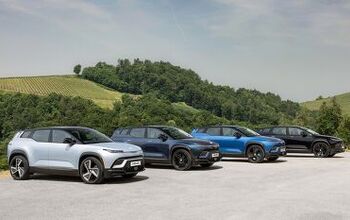

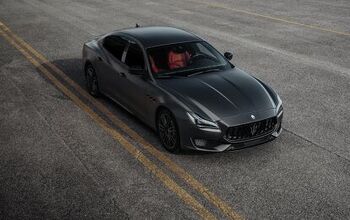
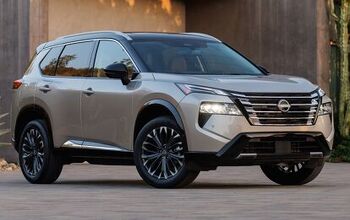

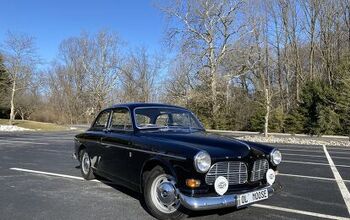

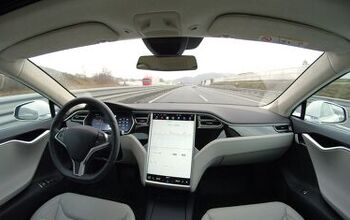

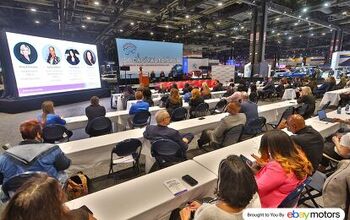
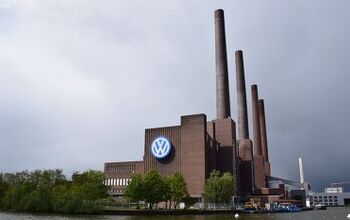
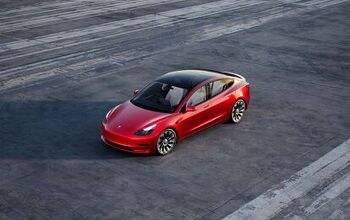
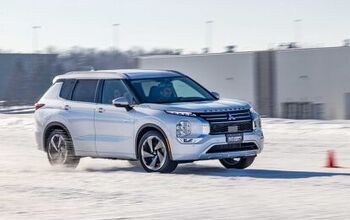
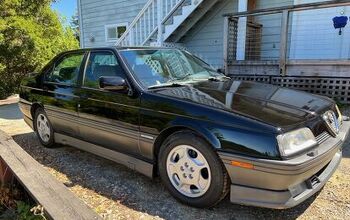


Comments
Join the conversation
Self driving has come a long way, but still has a *long* way to go. Here's a non-Uber example: For some reason Chrome thinks I want to read everything, everywhere, about Tesla. Recently, one of the Nonstop-Tesla-Cheerleader sites posted an article with the title of "Autopilot successfully navigates construction zone lined with cones." (I didn't read the article, but I guess the implication was that it succeeded in not robotically using the lane markings?) If "successfully performed task even the most addle-brained learner's-permit teenager can accomplish with ease" qualifies as news, lets just say that I'm not confident in His Muskiness' plan for "Full Self-Driving" any time soon.
“The system design did not include a consideration for jaywalking pedestrians,” the NTSB said. It's cool, just not enough story points in the next few sprints for that, will get around to once somebody grabs it off the backlog.